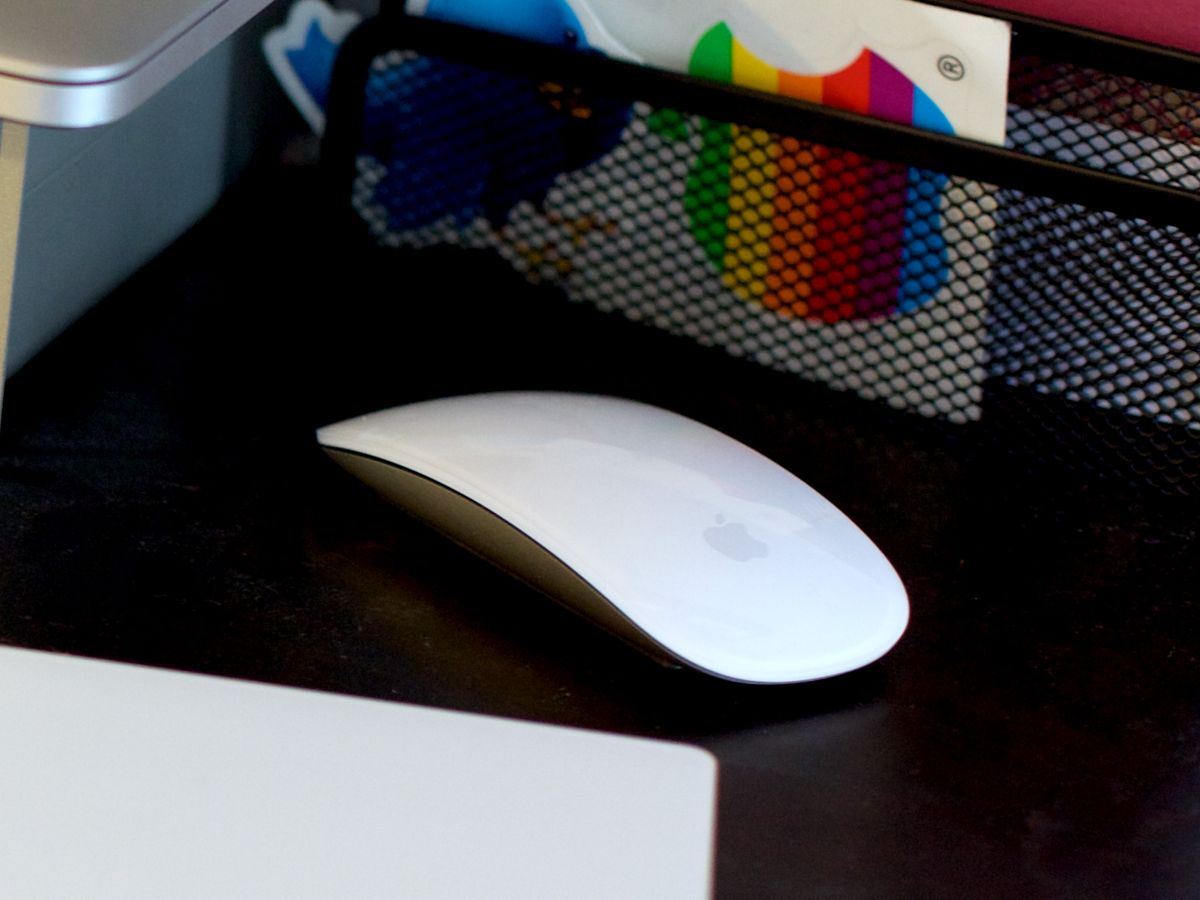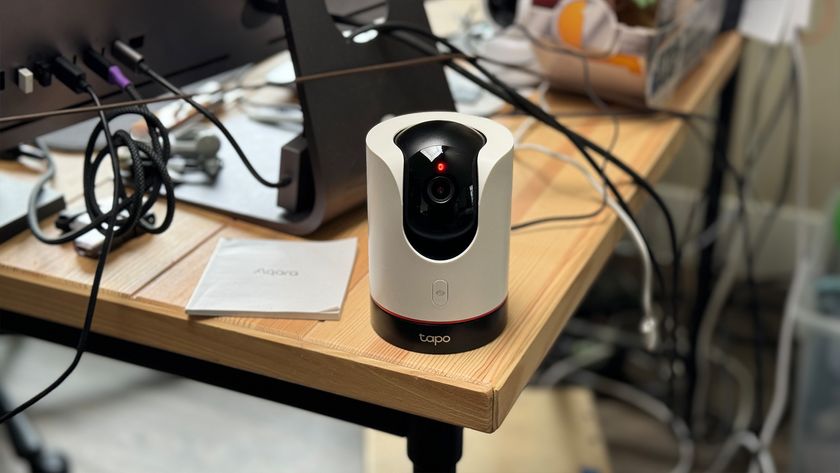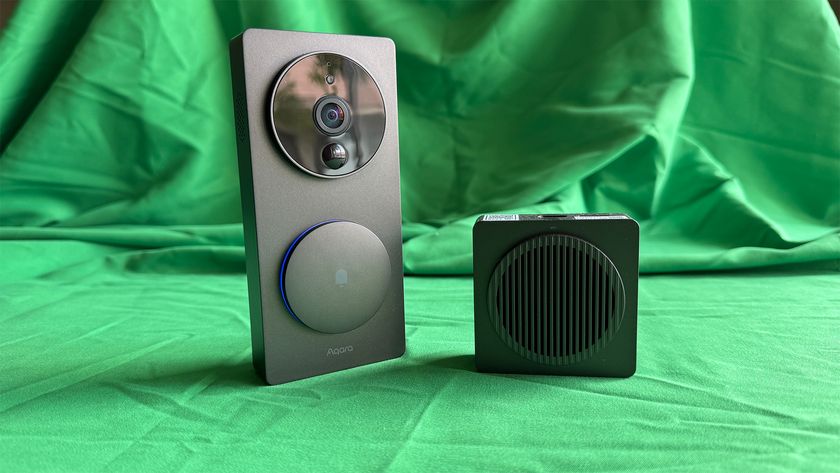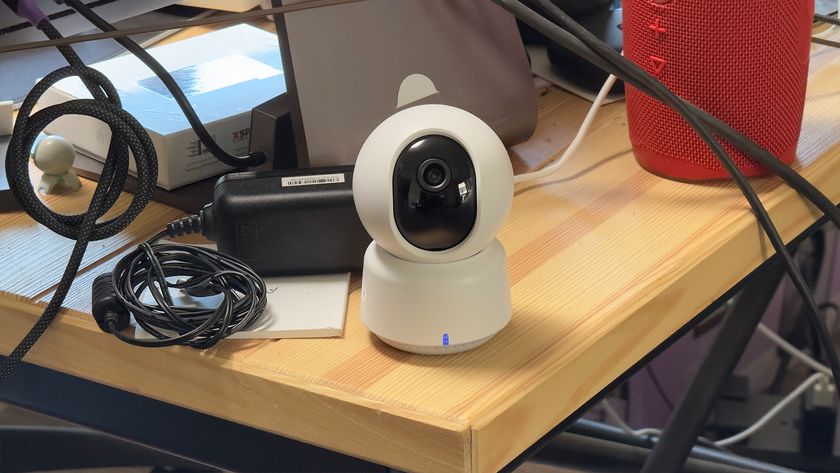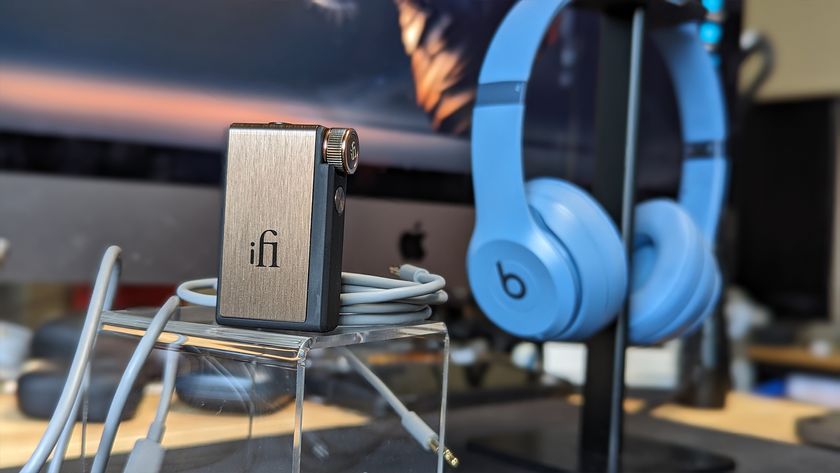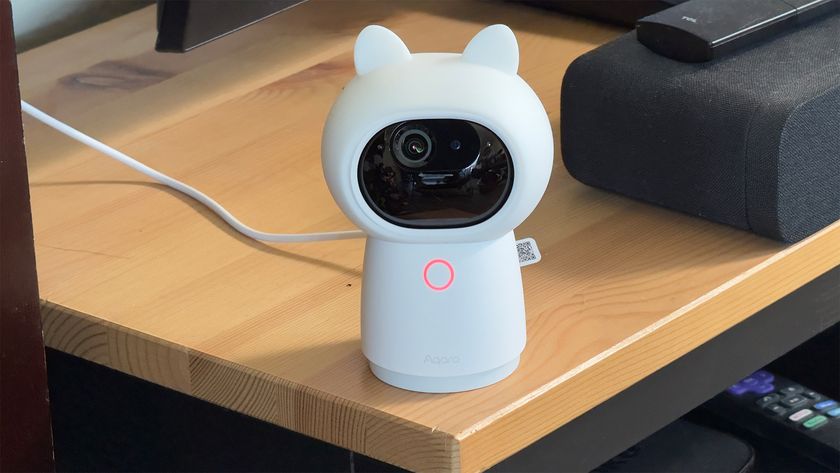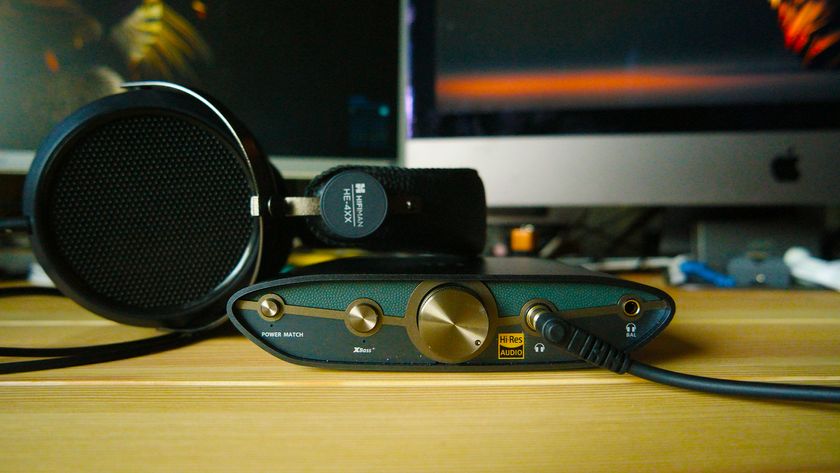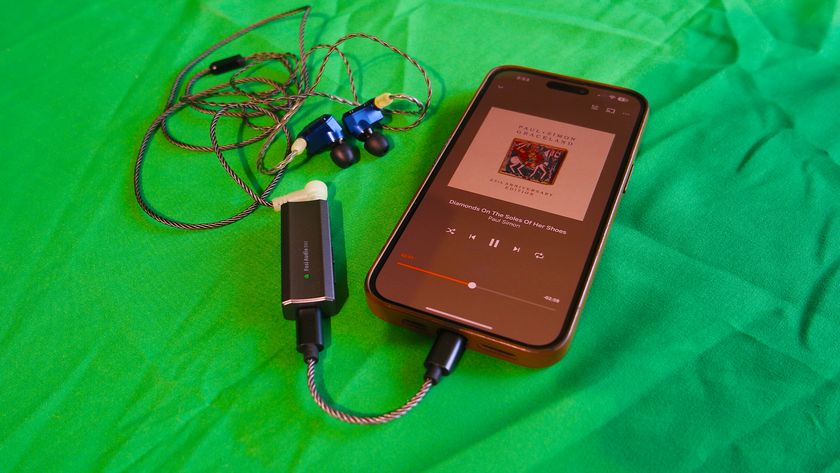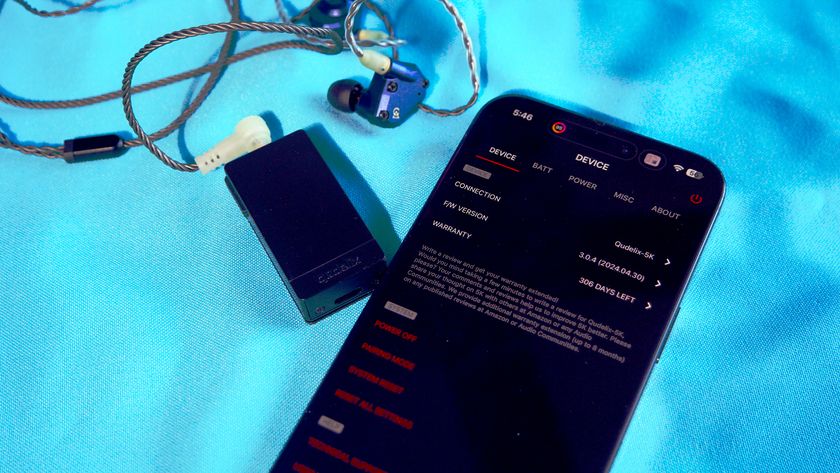The new Magic Mouse 2 has one significant difference from the previous Magic Mouse: It now packs a rechargeable lithium-ion battery. Because of that change, though, it's now lighter and has new "feet" that allow it to glide smoother than ever.
I'll get this out of the way immediately, though: I'm not a fan of mouses in general nor Apple mouses in specific. I liked the mouse on the Lisa and the original Mac because they were new and wondrous at the time, but when it came to the hockey puck mouse, the mighty mouse, or the previous Magic Mouse—not a fan.
For the last few days, though, I've put my biases aside and been using the Magic Mouse 2 like my computing life depended on it. While there's no chance of it winning me back from the Magic Trackpad 2, I gave it every chance it to impress me in its own right. So, did it?
For people who want:
- An Apple mouse
- Multitouch gesture support
- Rechargeable lithium-ion battery
Not for people who want:
- An inexpensive mouse
- A gaming mouse
- Any color but white
Bottom Line
The Magic Mouse 2 is identical to the original Magic Mouse in every major way but one—it now has a built-in, rechargeable, lithium-ion battery. Though you can't charge it while using it. It's not inexpensive and it's not ideal for gaming. So, the Magic Mouse 2 is best suited for those who want multitouch gesture support, and want it from Apple.
Magic Mouse 2 Table of Contents
Magic Mouse 2 Design
Sitting on a desk, side-by-side, you'd be hard-pressed to tell the Magic Mouse 2 from the original Magic Mouse that debuted in 2009 (same year as the iPhone 3GS). The internals have all changed, and some of the externals have changed to support them. But on the desk, side-by-side, they're all but indistinguishable. The size is the same: 0.85 inches (216 mm) high, 4.47 inches (1135 mm) deep, 2.25 inches (571 mm) wide. The weight, however, has been reduced to 0.22 pounds (0.099 kg).

It's when you turn the Magic Mouse 2 that the changes—and the source of the weight-loss—become apparent. It's not the now black Apple logo or the new "feet" that, Apple says, makes for a smoother glide. It's the lack of the compartment that used to take AA batteries. And its place rechargeable lithium-ion battery fed by a Lightning port that's taken its place.



Yes, the port is on the bottom and not on the back the way it is on the Magic Keyboard and Magic Trackpad 2. But then the Magic Mouse 2 doesn't have a back. At least not a flat plane of a back suited for a Lightning port. And the alternative—excavating a port—would not be pretty.
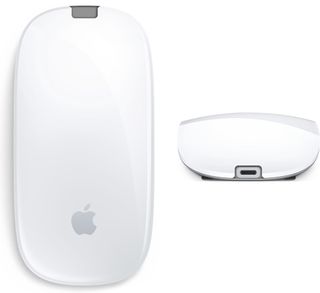
See the mockup immediately to the right for an idea of just how not pretty.
And not only would it be aesthetically displeasing, if not downright distasteful, it would be uncomfortable. Instead of your fingers moving smoothly across the surface, they'd forever be caught by the edges.
That's because, unlike a trackpad where your hand can angle up, a mouse works best when your fingers angle down. A small, embedded power cord at the base won't get in anyone's way, but a larger cable and connector likely would.
Making an unobtrusive place for a Lightning port on the back would be better, absolutely. But it would also require a complete redesign, and that's not what Apple was prepared to do this year. This year, the company wanted the same design—a mouse that's completely dominated by a large, uninterrupted, multitouch surface.
Rather, a large, uninterrupted, multitouch surface that's all in white. Though, for some reason, the white of the Magic Mouse doesn't stand out at me as much as the white of the Magic Keyboard or Magic Trackpad 2. Perhaps it's because mouses have historically been beige or white, or because there's no black or aluminum equivalent to the mouse on MacBooks.
Not that the idea of a silver, space gray, gold, or rose gold Magic Mouse doesn't hold some appeal...
Magic Mouse 2 Functionality
With the old Magic Mouse, you had to pair it by Bluetooth and if the power level grew too low, you had to scramble for AA batteries and hope it didn't die or lose the connection. With the new Magic Mouse, you simply plug in the included Lightning cable to pair it.
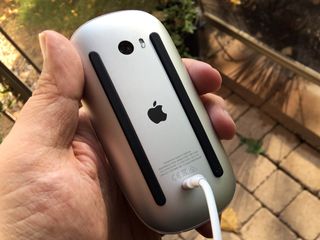
If the Magic Mouse 2 ever gets low, you simply plug it back in and top it off. And since the port is on the bottom, and you can't use it while charging, you use the two minutes it takes to give it roughly a 9-hour day's worth of charge to get up and earn your Apple Watch stand points. Or get another cup of coffee. Whatever suits you. Then you plug it in when you're done for the day, and a full charge will last you another month or more.
Because the Magic Mouse 2 is so narrow, and because of how you grip and otherwise move it to control the pointer position, it's not as easy as using a full-on trackpad. Likewise, there's no Force Touch or Force Click the way there is on the new Magic Trackpad 2.
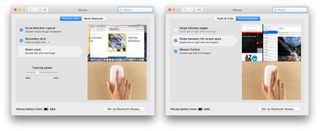
What you do have is the same gesture support as the original: slide a single finger to scroll in any direction, swipe a single finger sideways to gesture forward or backward inside apps, double tap to zoom, and double tap with two fingers for OS X El Capitan's new Mission Control.
Magic Mouse 2 Bottom Line
The Magic Mouse 2 is identical to the original Magic Mouse in every major way but one—it now has a built-in, rechargeable, lithium-ion battery. That Apple didn't change it more is either reassuring or maddening, depending on your feelings towards the original.
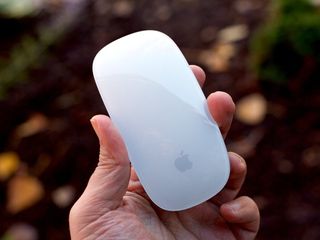
If you really want a mouse, and really want a mouse that supports multitouch gestures, the Magic Mouse 2 is it. Likewise if you really want a mouse from Apple.
If you have an original Magic Mouse, you won't see any difference unless the ability to recharge over Lightning is compelling to you. If it is, the inability to recharge while plugged in is a minor monthly inconvenience at best.
If you don't care about multitouch gestures and, for example, want a great mouse to game with, the Magic Mouse 2 doesn't change anything for you. Likewise if you just want a super-cheap travel mouse. That's why Apple supports the USB and Bluetooth standards, though: you can use any modern mouse you want.
Personally, I'll be sticking with the Magic Trackpad 2, and enjoying the new Force Touch and Force Click support. The consistency between MacBook and iMac is just too much of a benefit, and my lack of appreciation for mouses too ingrained, for the Magic Mouse 2 to overcome.
Even though I'm not a fan, I recognize my personal tastes and needs are different from the tastes and needs of others. If you love the Magic Mouse then the ability to recharge it over Lightning is definitely an improvement. Just how much of on, you'll have to tell me.

Rene Ritchie is one of the most respected Apple analysts in the business, reaching a combined audience of over 40 million readers a month. His YouTube channel, Vector, has over 90 thousand subscribers and 14 million views and his podcasts, including Debug, have been downloaded over 20 million times. He also regularly co-hosts MacBreak Weekly for the TWiT network and co-hosted CES Live! and Talk Mobile. Based in Montreal, Rene is a former director of product marketing, web developer, and graphic designer. He's authored several books and appeared on numerous television and radio segments to discuss Apple and the technology industry. When not working, he likes to cook, grapple, and spend time with his friends and family.
